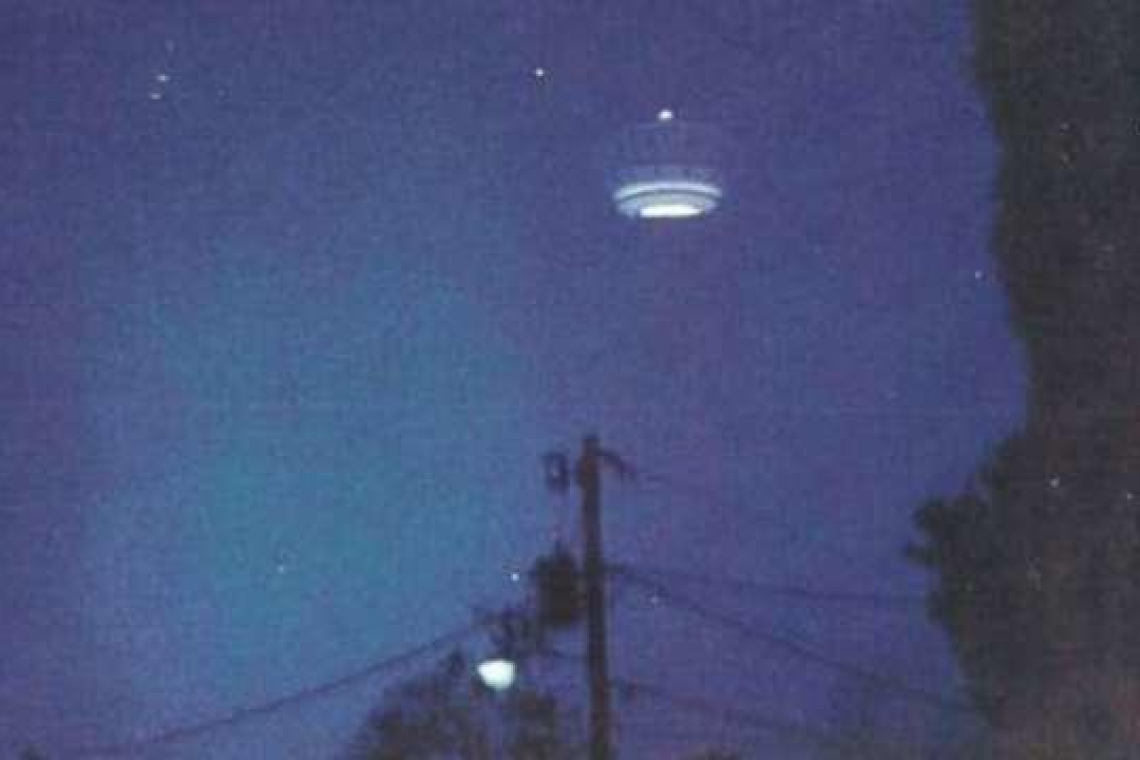In the late 1980s, the small town of Gulf Breeze, Florida, became the epicenter of a series of strange and unexplained sightings. People reported seeing strange lights and UFOs in the sky, with a contractor named Ed Walters directly in the middle of the action. These sightings quickly gained national attention, and the Gulf Breeze UFO incident became one of the most well-known and controversial cases of its kind.

Ed Walters, a local contractor and family man, allegedly began a long, strange encounter with beings from another world on November 11, 1987, in Gulf Breeze, Florida, a suburb of Pensacola. Walters claims that on that evening he was immobilized "briefly by a blue beam" before snapping five Polaroid photos of a large UFO as it left the area. He later stated that the craft that was floating outside his bedroom window was about 200 feet off the ground, something that he said was "right out of a [Steven] Spielberg movie. This single interaction was the starting point for one of the most contentious encounters with extraterrestrials of the 20th century.
The Bright Blue Beam
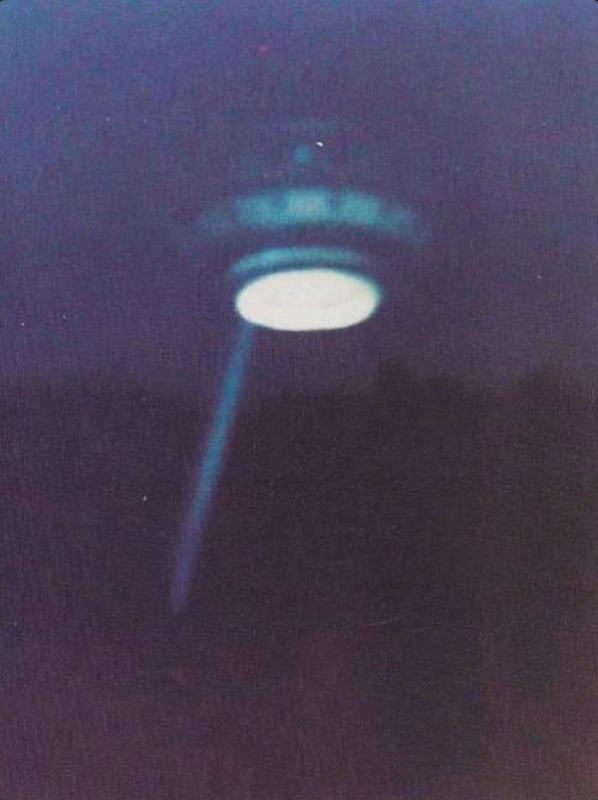
On December 2, 1987, Walters reported that he had another experience with an alien craft. He claims that he was once again caught in a blue beam emitted by the UFO, where he was immobilized three feet off the ground. Walters writes of this experience in his book:
Something hit me. All over my body. I tried to lift my arms to point the camera. I couldn't move them. They were blue. I was blue. Everything was blue. I was in a blue light beam. The blue beam had hit me like compression. It was pressing me firmly, just enough to stop me from moving.
After His Experience With The Blue Beam Walters Started Hearing Voices
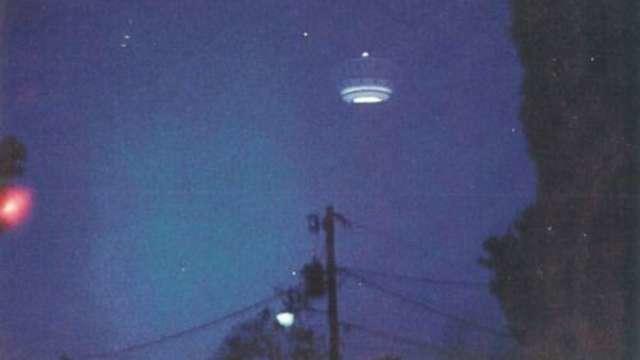
According to the book Walters wrote about his experience with the extraterrestrials who were making his life a living heck, aside from nocturnal visits by the creatures he was hearing their voices in his head day in and day out. He writes:
I sat in my office staring out the window. Maybe that blue light had screwed my brain up... The hum stayed. Then I suddenly heard a blast of air, as if I were standing next to a bus just releasing its air brakes... I heard the UFO voice again. It started softly. I couldn't understand anything, not a single word. I have no idea how to write any of it - not one syllable... The voice would pause, then continue again, as if I were hearing only one side of a conversation. Then it dawned on me - they were near. Somewhere out in there in the sky, the UFO must be there.
Walters Gave The Photos To The Media Under The Guise Of "Mr X"
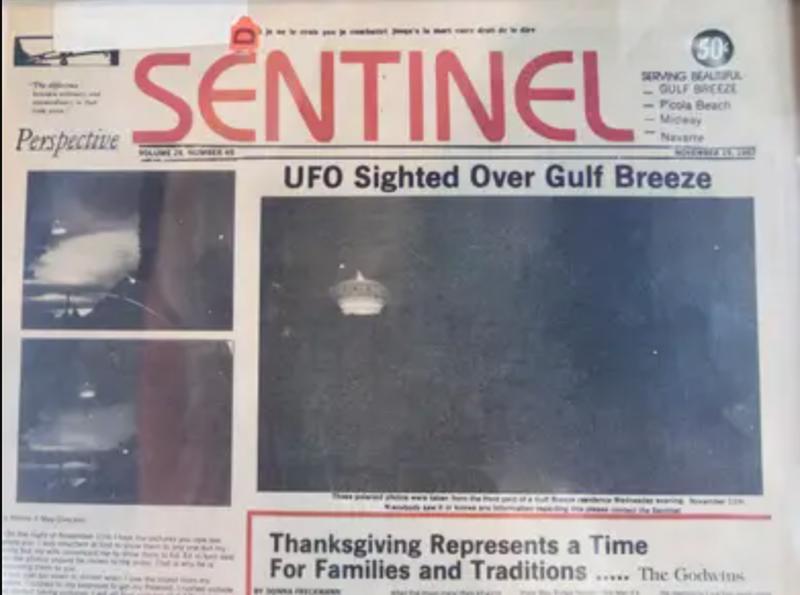
In 1987, Ed Walters claimed to have taken photographs of a UFO outside his home in Gulf Breeze, Florida. He submitted the photographs to the Gulf Breeze Sentinel newspaper anonymously using the pseudonym "Mr. X" in November of that year. He reported that he had seen the UFO on multiple occasions and had even videotaped it. According to Walters, the UFO had landed on Soundside Drive and had left five aliens on the road.
Walters dropped the photos off at the Sentinel, claiming to be nothing more than a messenger for Mr. X, and that he didn't know any more about the photos than anyone else. Two of the five photos ran on the front page of the paper on November 19, 1987, along with a message from Mr. X and a small editorial comment asking for anyone else who saw the strange lights in the sky to contact the Sentinel.
The Polaroids
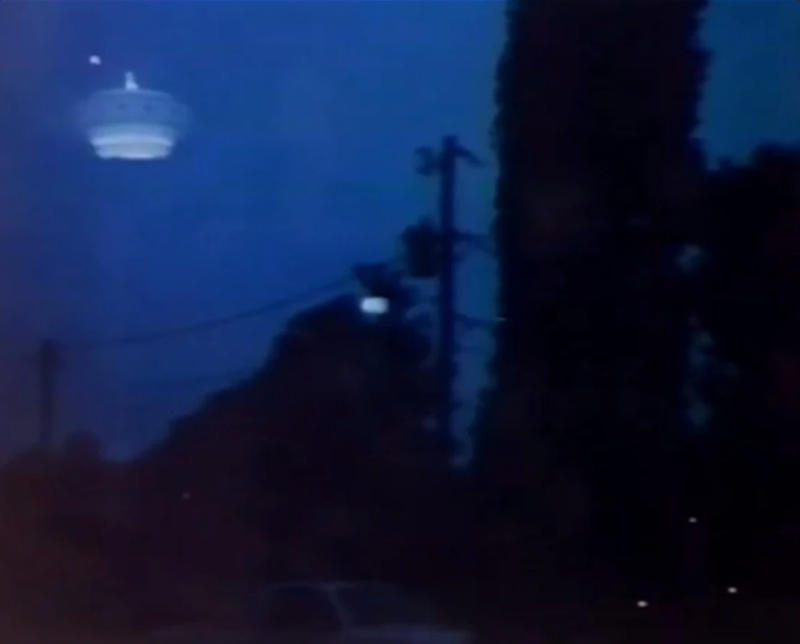
The Polaroid photos presented by Walters, even if fake, are still a source of fascination in the UFO community. Journalist Daryl Frazell, who wrote about the Gulf Breeze Incident in 1990, noted that the objects in the images do not resemble saucers. Rather, they look more like Chinese lanterns or pregnant percolators with a bright disk at the base and a bulb on top, with two rows of windows or portholes in between.
Initially, the photographs were met with skepticism, with many suggesting they were double exposures. However, Bruce S. Maccabee, a government research physicist who investigated the sites and the cameras, concluded that there was no evidence of a hoax, and endorsed the photos as authentic in a report contained in a book.
While Maccabee conceded that the early snapshots were taken with an old Polaroid camera that made double exposures possible, Walters later used a newer model that ejected the film as soon as the shutter closed, making double exposures difficult. To further support his case, Walters constructed a stereo device consisting of two Polaroid cameras mounted at the ends of a board, which allowed for two slightly different views of the same scene. Maccabee believed that the possibility of Walters faking the entire series of photos with double exposures was negligible, especially since he was not an expert photographer.
Authenticating The Polaroids Proved To Be Imossible
Bruce Maccabee, an optical physicist and ufologist, analyzed the five Polaroid photos taken by Ed Walters and believed there was a "good chance" they were authentic. However, UFO investigator Phillip Klass disagreed and stated that he had not investigated the Gulf Breeze incident, as it did not impress the public. Maccabee advised Walters to use two Polaroid cameras mounted on a beam when taking photographs, which would allow for triangulation of the images and clearer analysis.
Willy Smith, a member of the UFO information-gathering group UNICAT, disputed the authenticity of the photos. Smith claimed to have seen the support under the UFO and found the windows of the house in the photo to be suspicious, suggesting that the object was a model that had been painted. Despite the differing opinions, Maccabee believed that the other eyewitness sightings were more significant than the photographs.
Ed's Wife Saw The Craft a Few Months After He Did

On December 2, 1987, Walters was validated in his efforts to convince his wife that the UFO was real and not just something in his head. That evening he woke in a fit around 3am to the sound of a male and a female extraterrestrial speaking to one another, he could hear their conversation in his head but knew that they couldn't hear him. It was clear that the UFO was on its way to his home. Rather than lie in bed and wait, Walters and his wife army crawled out of their bedroom where Ed grabbed a handgun and his trusty Polaroid.
As the UFO appeared over the family pool, Walters snuck outside where he snapped another photo of the craft and made his way back inside to the safety of his home. After the UFO disappeared from the sky that night Ed and Frances stayed up talking about how to move forward.
Missing Time
Much like many other alien abductees and people who have had run-ins with UFOs, Walters has experienced periods of missing time many times throughout his life. He notes that his first experience with missing time occurred when he was a young man on a canoe trip. At the time he believed he was suffered from a heatstroke, but now believes that this was the first sign that he shares a connection with the extraterrestrials. These bouts of missing time continued throughout his experience with the UFO.
Walters Passed His Lie Detector Test
In 1989, Ed Walters publicly acknowledged that he was the photographer who captured the UFO photographs. Walters had used the alias "Mr. X" earlier to avoid ridicule and safeguard his family. However, even after his confession, Walters maintained that his images were real. He agreed to undergo a lie-detector test to support his claims, which took place in February 1988 and was conducted by a polygraph examiner from Pensacola. The examiner stated that Walters genuinely believed that his photos were authentic. The examiner's notes read:
With the information that is available to this examiner at this time it is felt that Mr. Walters truly believes that the photographs and personal sightings he has described are true and factual to the best of his ability.
The UFO Community Is Torn Over This Case
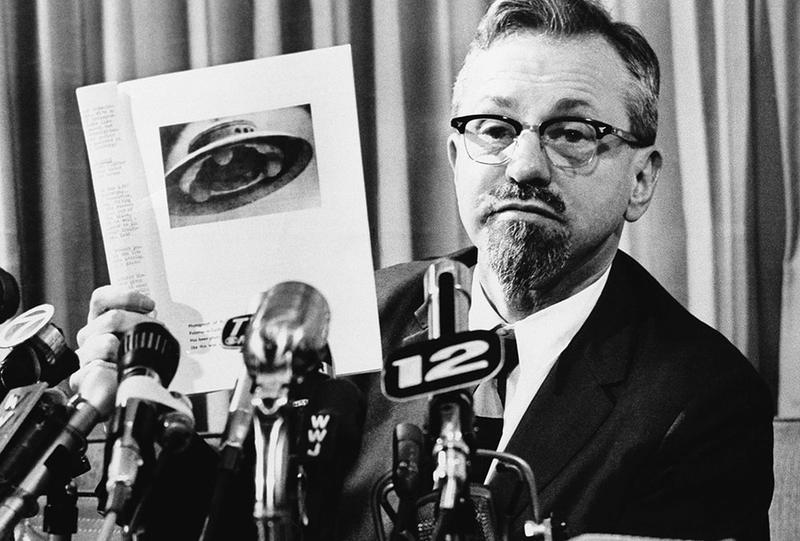
While everyone in the UFO community wants to believe that extraterrestrials have been visiting our planet for decades, no one can agree on whether or not they were visiting Ed Walters in the late 1980s. According to Gary Watson, a member of the grassroots research group Mutual UFO Network (MUFON), the evidence for extraterrestrial visitations to Gulf Breeze extends beyond Ed Walters' photos. Watson claimed that "other...good substantial people" had also reported sightings. Similarly, Walter Andrus, the Director of MUFON, declared in June 1988 that the Gulf Breeze UFOs were the "best case we've ever had."
The Center for UFO Studies (CUFOS), a group founded by astronomer and ufologist J. Allen Hynek, rejected the authenticity of Ed Walters' photos. CUFOS based its decision on several factors, including the uneven spacing of the windows on the craft and the waviness in the photos, which suggested that they were taken near or reflected off water. Additionally, Mark Rodeghier and Robert Boyd from CUFOS were informed by friends of Walters that he was a practical joker and had boasted about "pulling off the ultimate prank." Rodeghier and Boyd also noted several curious similarities between Walters' story and Whitley Streiber's Communion, which had been published just months before.
James Randi revealed that Rodeghier was pressured to alter his opinion of the case, causing division within the group. Initially, Rodeghier believed the case was a probable hoax, but later changed his position to a potentially significant UFO case that remained unproven. According to Randi, UFO groups cannot appear too skeptical, or they risk losing members. As a result, Willy Smith reported that MUFON's membership had quadrupled since the Gulf Breeze incident.
Skeptics Believe That Walters Used A Simple Trick To Fake His Photos
Critics who questioned the authenticity of Ed Walters' early images speculated that he created a double exposure on his Polaroid camera. Double exposure occurs when two separate photographs are merged into a single image. Although Walters maintained that double exposures were impossible on his Polaroid camera, another part of his book suggested that they were achievable with an older camera that he owned.
Walters Wasn't The Only Local Who Saw The Craft
The Pensacola News Journal reported that Ed Walters' encounter with a UFO was not the first or last sighting in Gulf Breeze. According to residents, visitors from the sky had been observed since the 1950s. Following the publication of Walters' images in the Gulf Breeze Sentinel, the number of reported sightings surged, attracting the attention of the Mutual UFO Network (MUFON) to Gulf Breeze. As the largest UFO-monitoring organization in the U.S., MUFON has extensive experience in dealing with hoaxes. After receiving numerous reports of Gulf Breeze sightings, MUFON member Gary Watson believed in the credibility of the "good substantial people" who had witnessed them.
In another report from The Pensacola News Journal, a local councilwoman reported seeing an orange object rapidly fly across the sky before vanishing. Additionally, a doctor confirmed witness accounts of a noiseless, disc-shaped object that had shone a light on the pier as he went for his morning jog.
Walters Was Given A Sealed Camera So He Could Recreate His Polaroids
Jerry Black, a MUFON member, says that junior members of MUFON gave Walters a sealed 35mm Nimble camera, prepped and ready with a roll of film so he could take a picture of a UFO and put rumors of a hoax to rest for good. 10 days later Walters handed over the film, stating that he snapped a photo of a “mother ship.” JB states:
When [the film] was developed, [MUFON] said that the object was no longer than 40-inces long, a few inches wide, and no farther than 60-feet from the camera. How can a man take a picture of an object that close to the camera and say, ‘It must have been a other ship.’ The only way he could and did say that, was because Ed, for the first time, could not see how the picture looked on the film before it was handed over to MUFON… I believe Walters took the camera and said to his wife, ‘What are we going to do now? We can take a picture of our model but I don’t know how it’s going to sow up on film.’
A Family Of Three Saw A Craft In Walters' Neighborhood
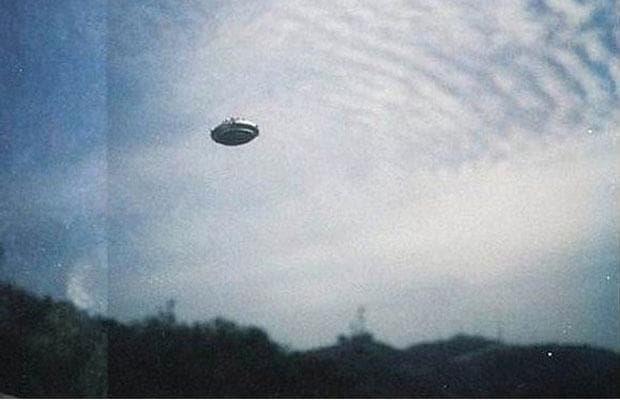
Ed Walters and his family weren't the only people in Gulf Breeze who were experiencing alien interlopers in the late '80s. At the time, Danise Boone and her young daughters were living in the area and also saw a craft in the Soundside neighborhood. Boone says:
My daughters and I saw something spinning just barely above the trees at dusk. We were on Central Drive off Highway 98 looking west toward the Soundside. They saw it first and came inside to get me. I couldn't believe what I was seeing, but I know I saw something in the sky that rotated. It wasn't a plane or copter.
Was this the same craft that Walters saw? If so, how many others in the area had a similar experience?
A Model Of The UFO From Walters' Photos Was Found In His Old Home
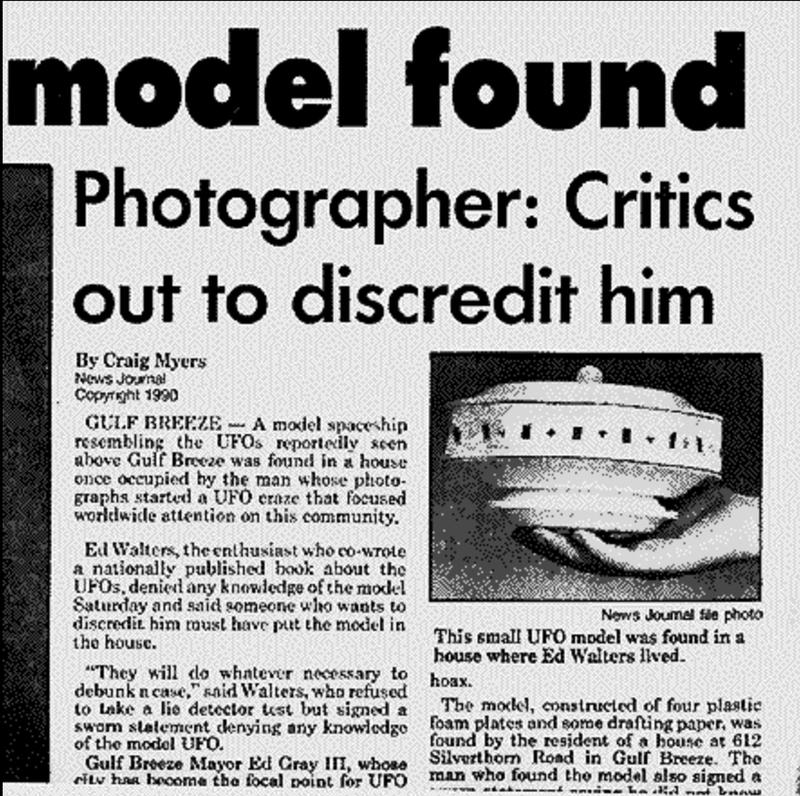
In 1990, the new owners of Walters' former residence found a styrofoam model UFO concealed in the attic. The object closely resembled the UFO captured in Walters' photos, and Craig Myers, a reporter for the Pensacola News Journal, was able to replicate the Polaroid photos with great accuracy. Walters subsequently claimed that the model UFO had been planted in the attic by someone else.
Myers covered the Gulf Breeze sightings and the ensuing controversy. He authored a dozen stories on the sightings, including Walters' claims, and later published a book on the Gulf Breeze incident. Myers presently works as an editorial assistant at Middle Tennessee State University, where he occasionally lectures on the Gulf Breeze sightings. He believes that Walters, who was known as a prankster, faked the photos. He said:
Maybe it started as a fun prank. But then it just took off and snowballed.
The veracity of the Gulf Breeze incident involving Ed Walters remains a subject of debate, with several factors raising concerns about its authenticity. One notable issue is the discovery of a model UFO in Walters' former home, which was uncovered by the new homeowners after his departure. The model was around nine inches in diameter, had a blue-colored gel, a six-inch orange paper ring, and a 3.5-inch-long plastic tube. The model also had two 2-inch-wide paper rings with electrical tape at the bottom and "carefully drawn and punched out 'windows'" on two-thirds of the surface. Handwritten dimensions for a house on Jamestown Drive, written in Walters' handwriting, were found on the reverse side of the drafting paper. Building permits indicate that Walters constructed two houses on Jamestown Drive.
Additionally, the Pensacola News Journal reported that Walters received a $200,000 book advance and was offered $450,000 by ABC Television for the rights to a mini-series. Taken together, these factors present a compelling case against the authenticity of the Gulf Breeze incident.
The Officials OF Gulf Breeze Don't Officially Believe Walters
Following the publication of Walters' story, hundreds of people started observing the skies above Gulf Breeze, with many gathering at Shoreline Park to watch for any unusual activity. While several dozen reported sightings, none matched the clarity and proximity of Walters' photographs.
George Williams, the state section director of the Florida Mutual UFO Network in Tallahassee and the field investigator who had thoroughly investigated the Gulf Breeze sightings, expressed uncertainty about the authenticity of the photos, stating, "I really don't have a good opinion on whether they're faked or not." He continued:
There was so much controversy about it and MUFON went back and forth about it for years. ... But he made a model and buried it in the installation? That just doesn't sound right, but I don't know.
Walters Underwent Hypnosis To Prove His Claims
In the epilogue of The Gulf Breeze Sightings: The Most Astounding Multiple UFO Sightings in U.S. History, Walters writes that he continues to learn about his experiences with the creatures through regressive hypnosis under the supervision of Dr. Dan Overlaid, a clinical and forensic scientist. Walters believes that through this form of hypnotherapy that he'll be able to understand why he's been the subject of repeated visitations from these mysterious creatures.
The Mayor At The Time Of The Incident Believes That The Whole Thing Is A Hoax
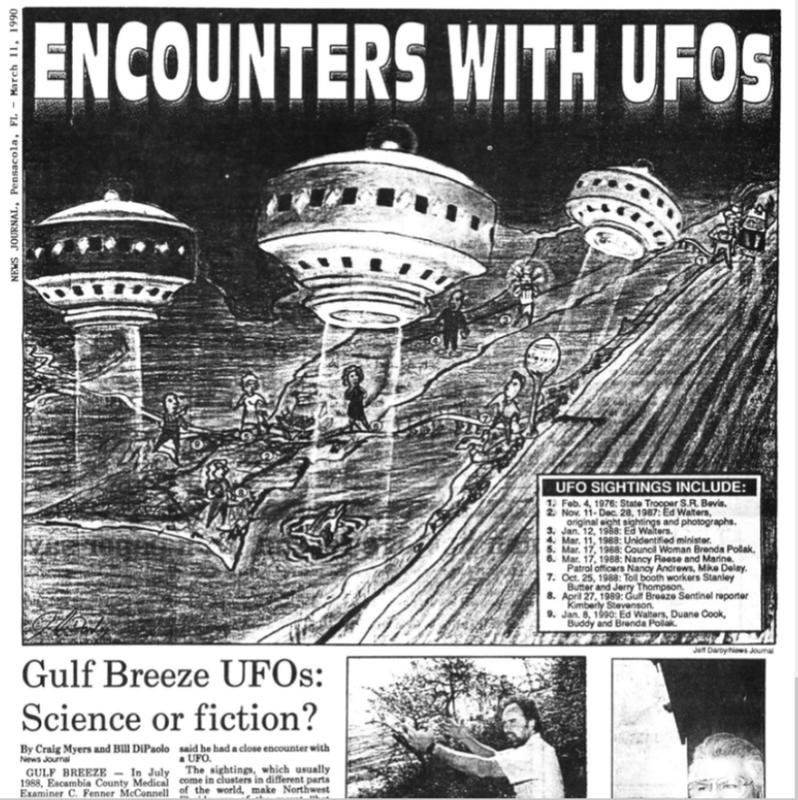
An investigation into UFO photos taken by Ed Walters in Gulf Breeze, Florida was conducted by Ray Stanford, an investigator for Project Starlight. Stanford analyzed the clouds in the background of the photos to determine their authenticity. Initially, he was unable to confirm that the photos were taken on November 11, 1987 due to incorrect wind direction information from the weather department. However, after obtaining the correct data, Stanford believed it was possible that the photos were taken on that day. Nevertheless, he deemed the photos to be a hoax.
Stanford had doubts about the speed at which the object in the photos was moving, which did not seem to match the movement of the clouds in the background. He also questioned how such a large object, which Walters claimed was "10 times the diameter of the sun or moon," could have gone unnoticed for over six minutes. Stanford expressed his belief that the photos were not genuine and said, "If I were a betting man, I would bet 1,000 to 1 the pictures are not real." Gulf Breeze Mayor, Ed Gray, conducted his own analysis of the photos, consulted with others, and reached the same conclusion that the photos were a hoax.
Budd Hopkins Believed That Ed Walters Was Telling The Truth
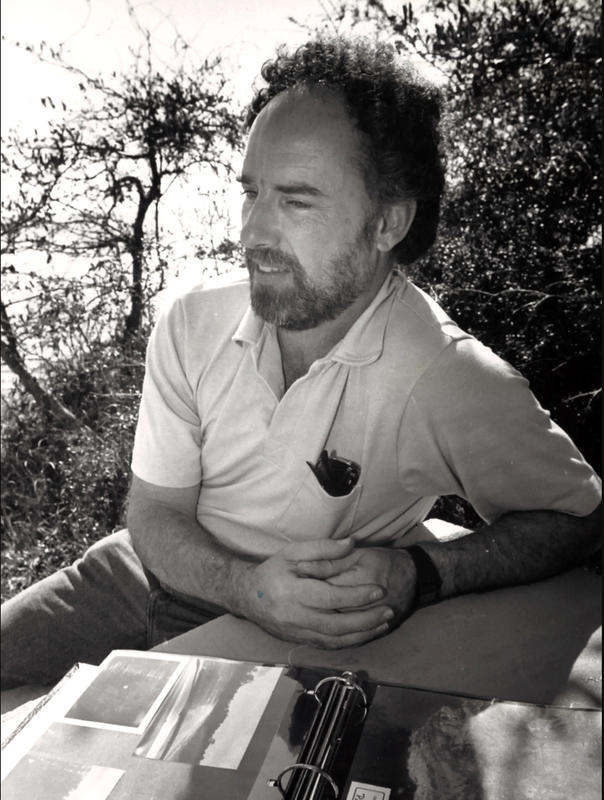
Budd Hopkins, a renowned author who studied UFOs and alien encounters, conducted several interviews with Ed Walters in the late 1980s. Based on his research and witness interviews, Hopkins was convinced that Walters' experiences were authentic. He found no significant flaws in Walters' account except for its peculiarity. Hopkins noted that Walters had declined a book offer worth $100,000 and had also passed a lie detector test, indicating that he was not lying about his encounters. Hopkins suggested that since Walters had a reputation to maintain, he would not have lied about his experiences. He also speculated that more people in Gulf Breeze might have been abducted, in addition to Walters.

